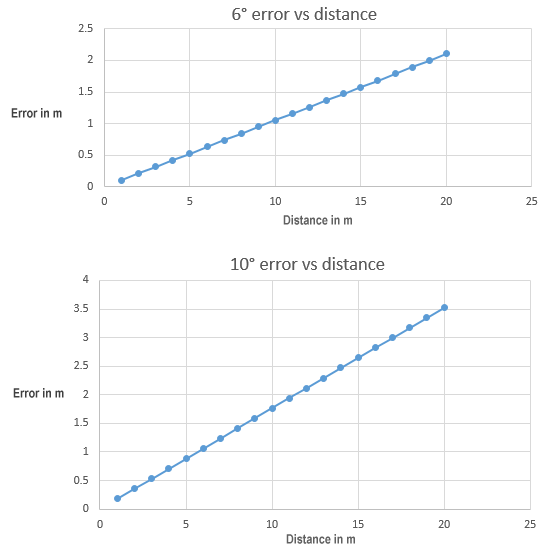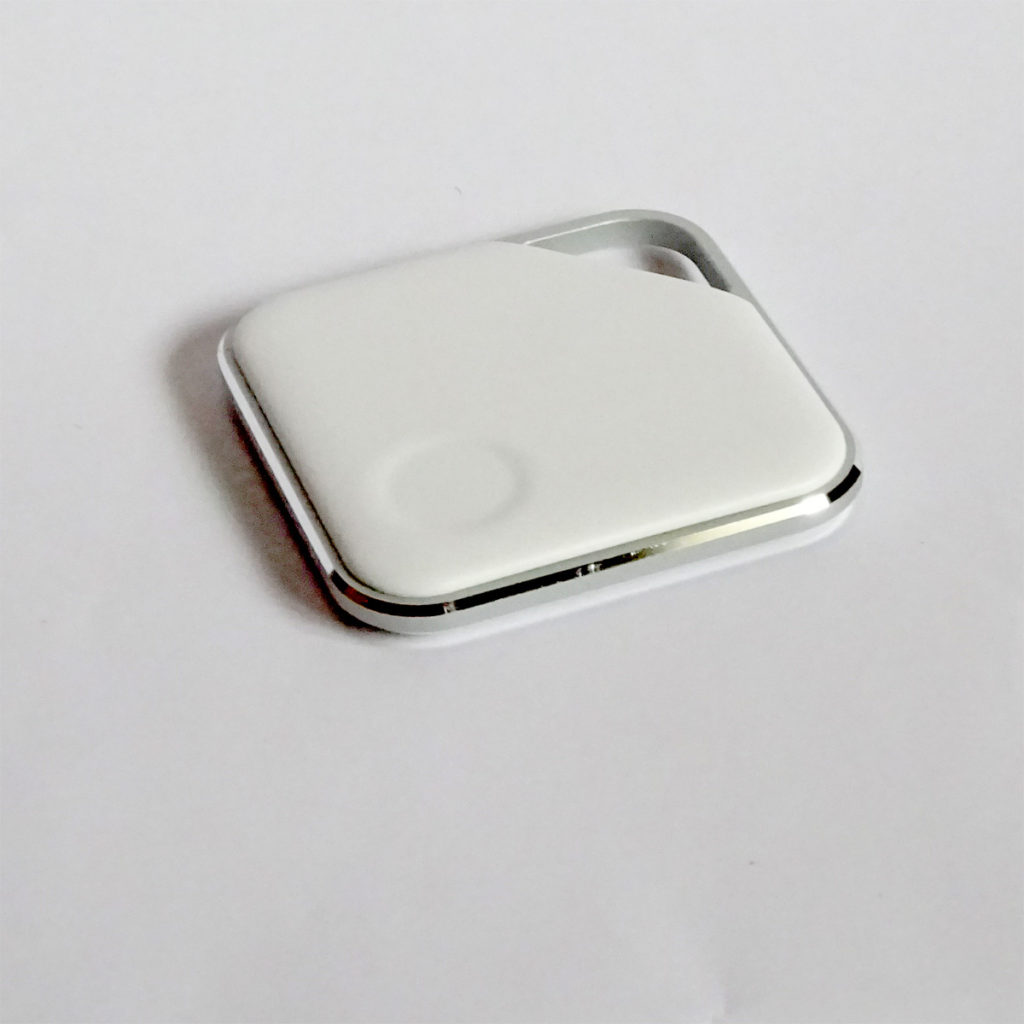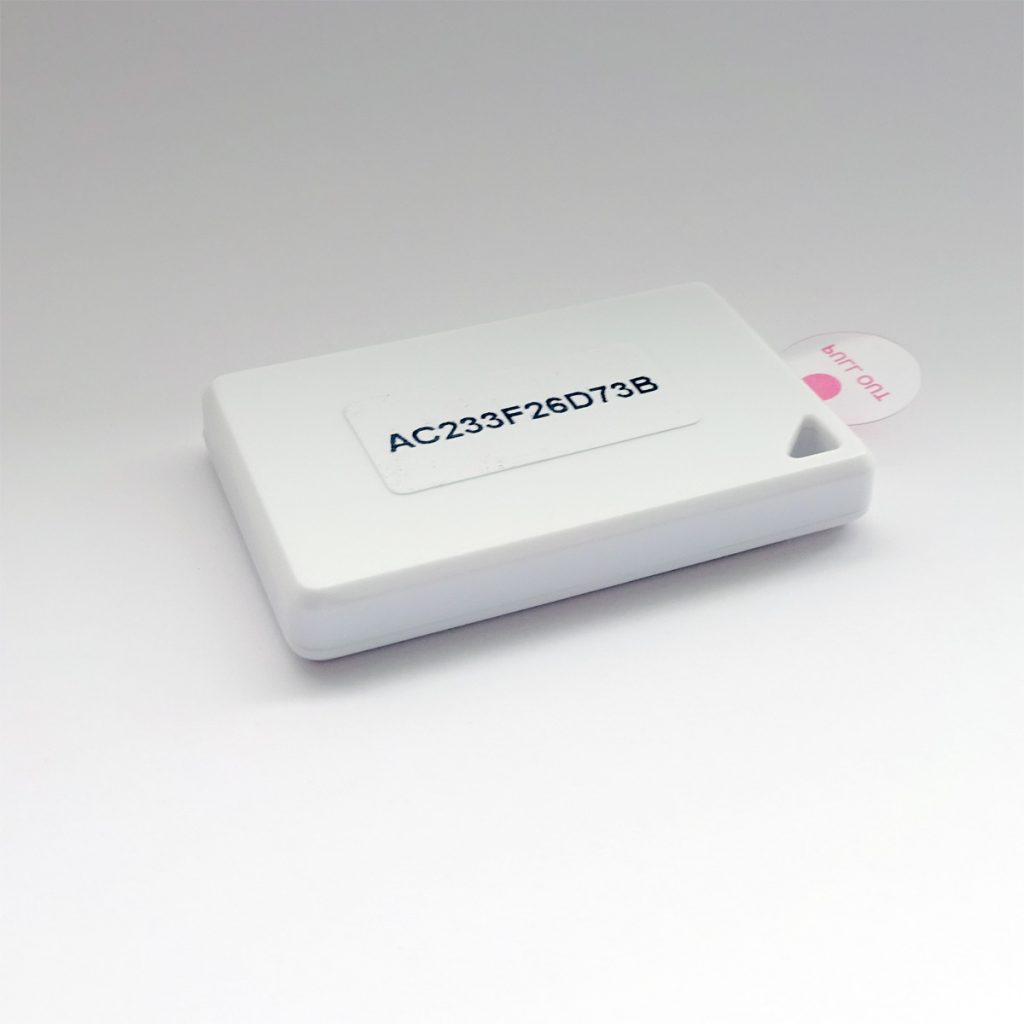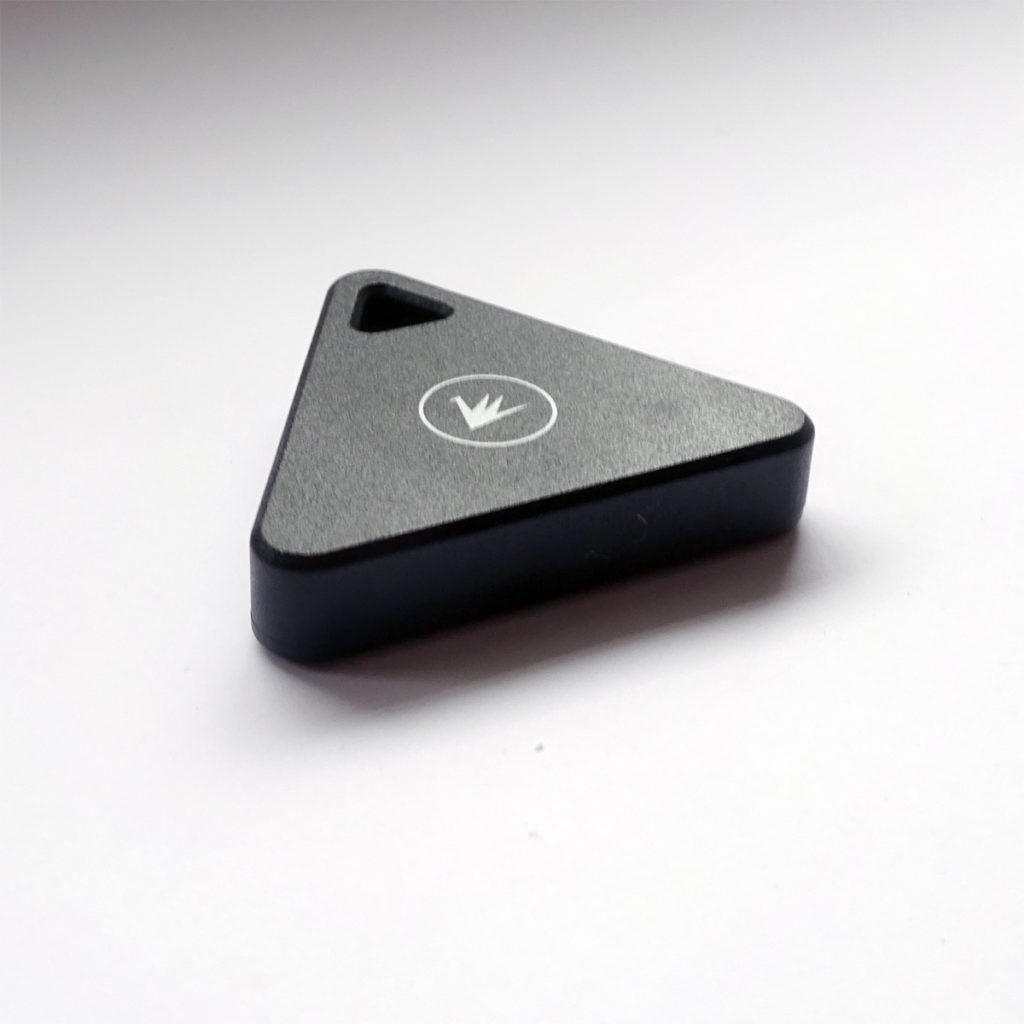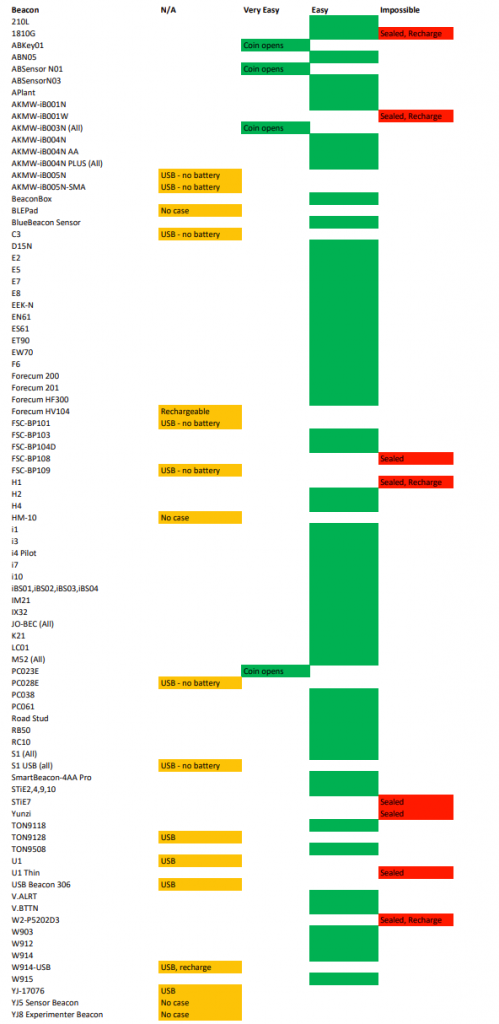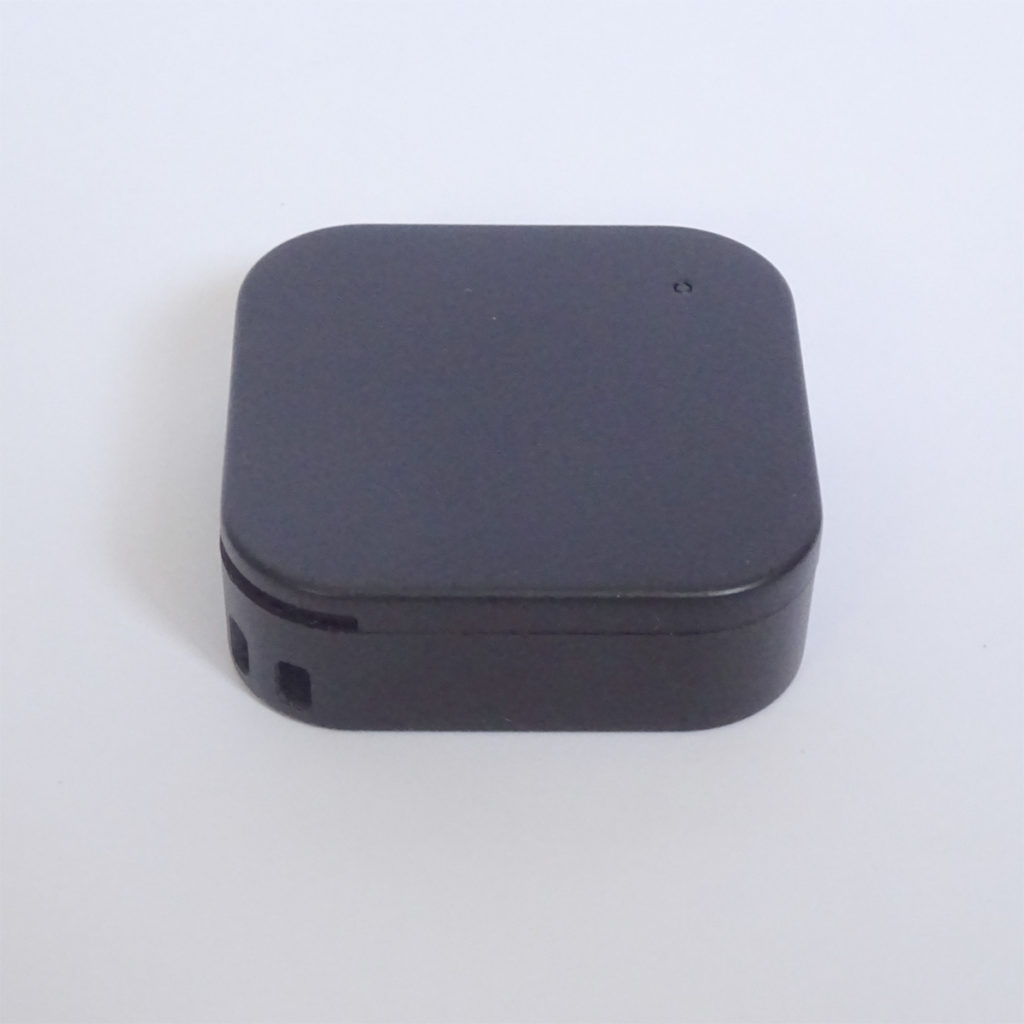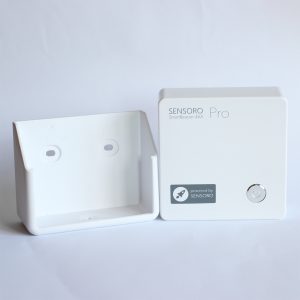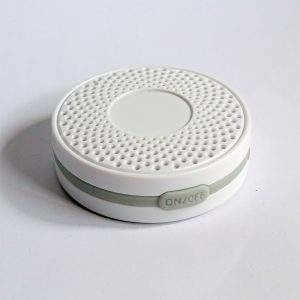We sometimes get asked if it’s possible that smartphones can detect beacons without Bluetooth being on. All beacons are based on Bluetooth LE that, in turn, relies on Bluetooth being switched on in the phone to scan for beacons. There’s no magic underling operating system mechanism on iOS nor Android that allows you to use Bluetooth without the user having Bluetooth on.
More users are leaving their Bluetooth on due to the proliferation of connecting with other devices such as cars, Bluetooth headphones and smart speakers. If you are writing an app you should take steps to detect if Bluetooth is on and prompt the user appropriately.
The phone and beacon industries need to better educate users that Bluetooth is no longer the heavy battery drainer it was in the early days of smartphones.
